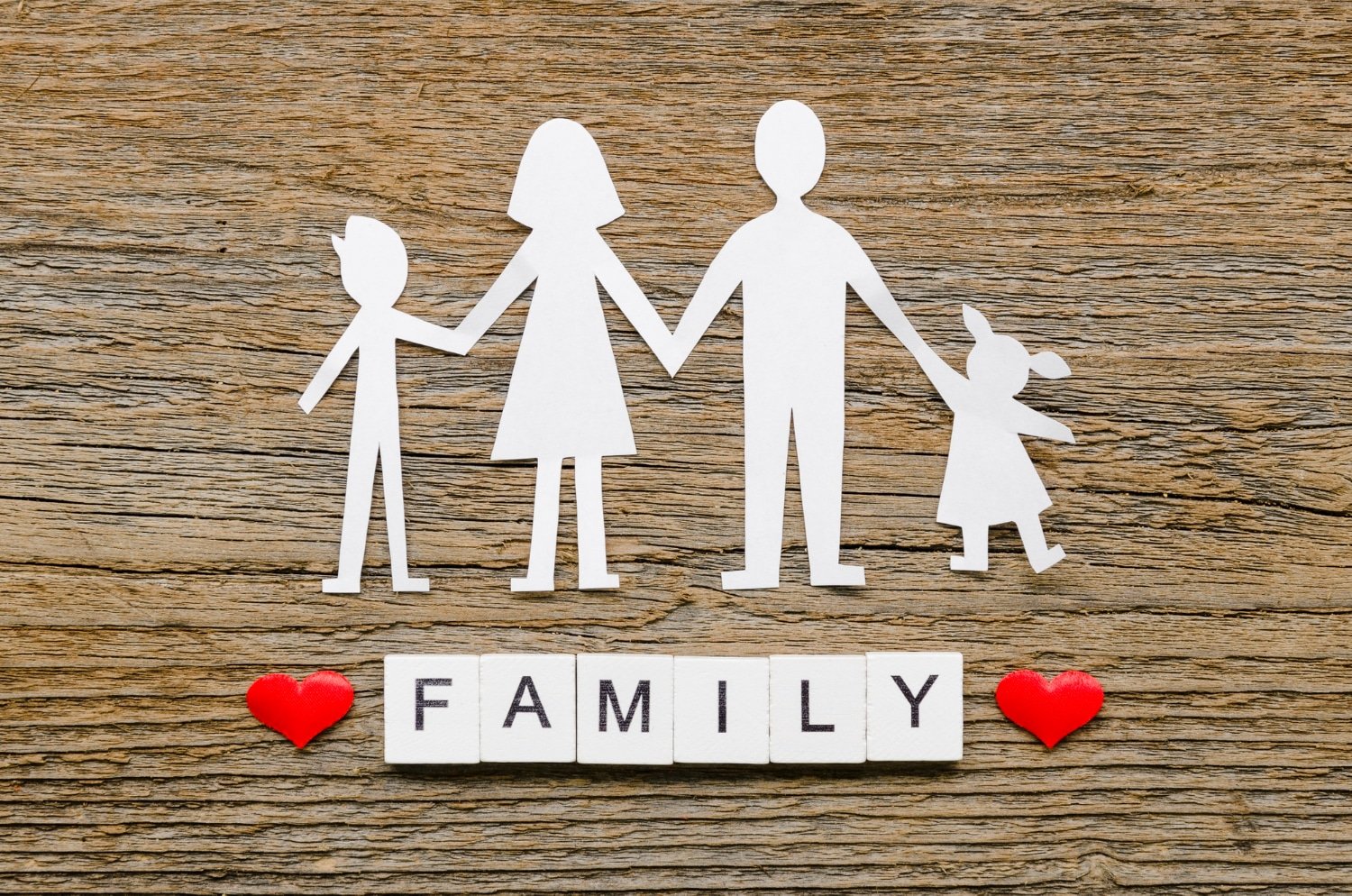Parenting can be a rollercoaster ride, and one of the most challenging aspects is getting a good night’s sleep for both you and your baby. The concept of dream feeding has gained popularity as a solution to help parents and babies sleep better. But what exactly what is a dream feed, and how can you successfully incorporate it into your routine? This article aims to answer these questions and more, so let’s dive in!
The Dream Feed: An Overview
What is a dream feed?
A dream feed is a technique where you gently rouse your baby from their sleep to feed them without fully waking them up. This is usually done late in the evening, around 10 p.m. to midnight, with the goal of reducing nighttime awakenings and helping both the baby and the parents get longer stretches of sleep.
Benefits of dream feeding
Dream feeding can offer several benefits, including:
- Longer stretches of sleep for both baby and parents
- Decreased likelihood of your baby waking up hungry
- Helping establish a consistent bedtime routine
- Reducing the chances of needing to feed during the night
- Encouraging healthy sleep habits
How to Successfully Dream Feed
Timing the dream feed
Ideally, the dream feed should occur about 2-3 hours after your baby’s bedtime, allowing them to enter a deeper sleep before being roused. Experiment with different timings to see what works best for your baby.
Creating the right environment
Ensure the room is quiet and dimly lit, as bright lights or loud noises can disrupt the process. Keep the room temperature comfortable and avoid any distractions that may wake your baby.
Techniques for dream feeding
Gently rouse your baby by picking them up, supporting their head and neck, and offering them the breast or bottle. Keep your baby in a semi-upright position to prevent choking. Your baby may begin to feed instinctively, even if they’re not fully awake.
When to stop dream feeding
As your baby grows, they will likely require fewer nighttime feedings. Monitor your baby’s sleep and hunger patterns, and gradually phase out dream feeding when they no.
Dream Feeding Tips and Tricks
Choose the right feeding position
The feeding position is crucial during a dream feed to ensure your baby doesn’t fully wake up. Opt for a cradle hold, which provides a comfortable position for both the baby and the parent.
Experiment with bottle or breast
While some babies may prefer the breast, others may take to the bottle more easily during a dream feed. Don’t hesitate to experiment to see what your baby prefers.
Keep it quiet and dim
A quiet, dimly lit environment can help your baby stay in a dream-like state during feeding. This means no talking, minimal movement, and using only soft lighting.
Burp your baby
Even though your baby is half-asleep, it’s essential to burp them after feeding to avoid discomfort and potential spit-up. Be gentle and patient, and remember that it might take a bit longer than usual.
Be patient and consistent
Patience and consistency are key. Dream feeding may not work right away, but with time, your baby will adapt to the routine.
Common Dream Feeding Concerns
Is dream feeding safe?
Yes, dream feeding is safe when done correctly. Ensure your baby is in a semi-upright position to prevent any risk of choking.
Will dream feeding disrupt sleep patterns?
While dream feeding can alter sleep patterns initially, the goal is to promote longer stretches of sleep. Every baby is unique, so it may take some time to find what works best for your little one.
Can dream feeding cause overfeeding?
There’s minimal risk of overfeeding during dream feeding, as babies typically stop feeding when they’re full. However, if you notice signs of discomfort or spit-up, you may want to reduce the amount you’re feeding.
When is dream feeding not recommended?
Dream feeding is generally safe for most babies. However, if your baby has certain health conditions like gastroesophageal reflux disease (GERD), it may not be recommended. Always consult with a pediatrician if you have any concerns.
Conclusion
Dream feeding can be an effective tool for parents seeking to improve sleep for themselves and their baby. It may take some trial and error, and patience is key, but the potential benefits of longer sleep stretches make it worth considering. Remember, every baby is unique, so what works for one might not work for another.
FAQs
- What age is appropriate for dream feeding?
Dream feeding is typically recommended for babies up to six months old but can vary based on the baby’s needs.
- How long does a dream feed take?
A dream feed can take anywhere from 10-30 minutes, depending on your baby’s feeding speed and the amount they consume.
- Can I dream feed if I’m exclusively pumping?
Yes, you can dream feed with expressed breast milk in a bottle.
- Does dream feeding work for every baby?
Every baby is unique, and while some may respond well to dream feeding, others may not.
- Is dream feeding the same as night feeding?
No, dream feeding is done while the baby is still asleep, while night feeding involves feeding the baby once they’ve woken up.








